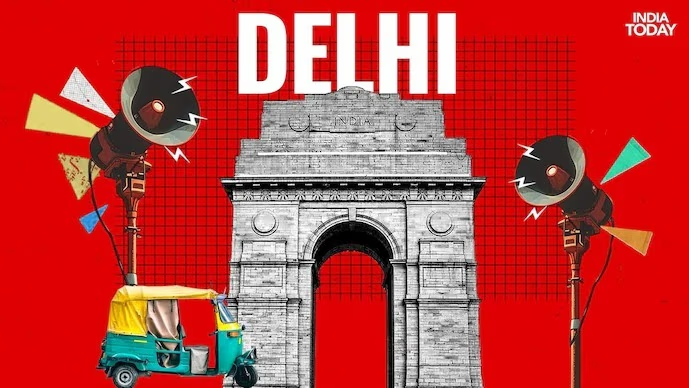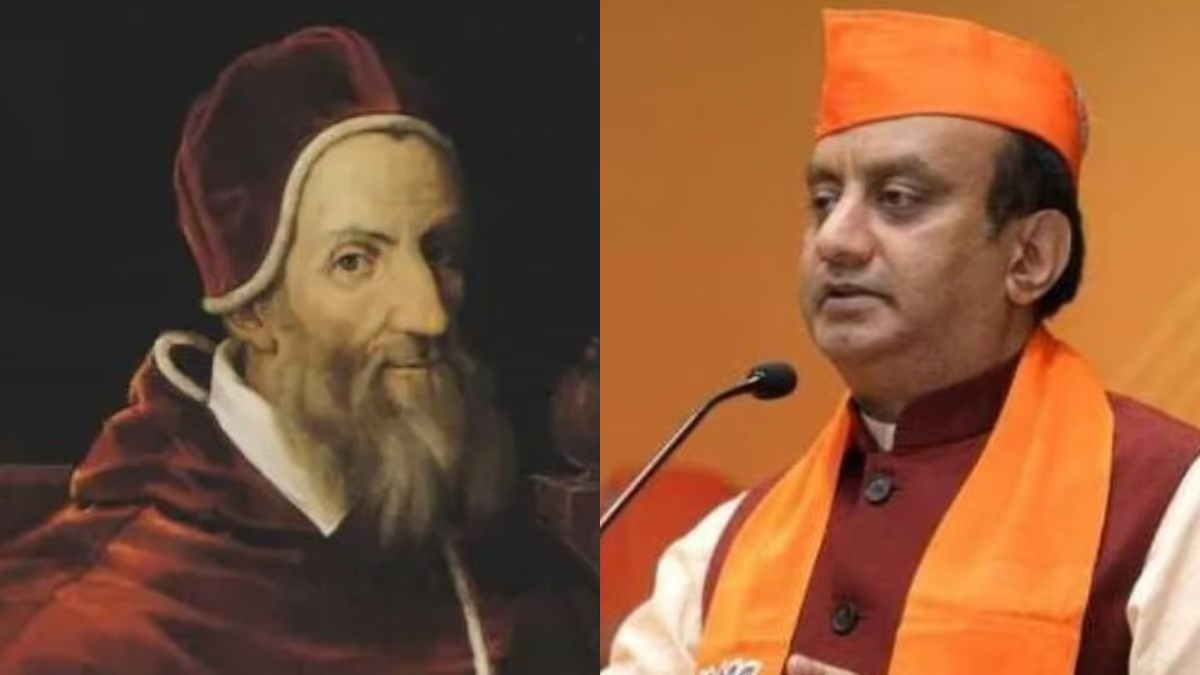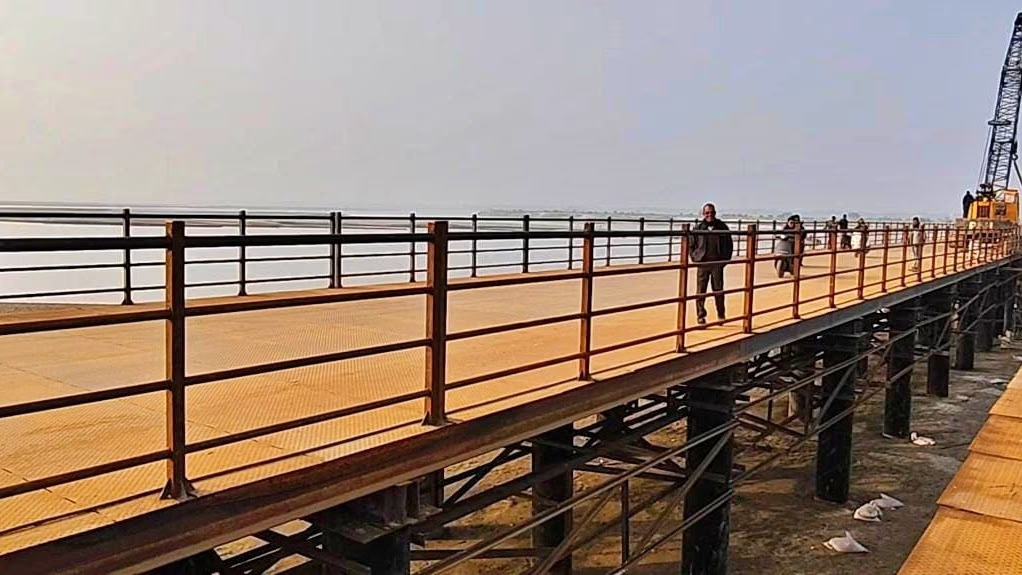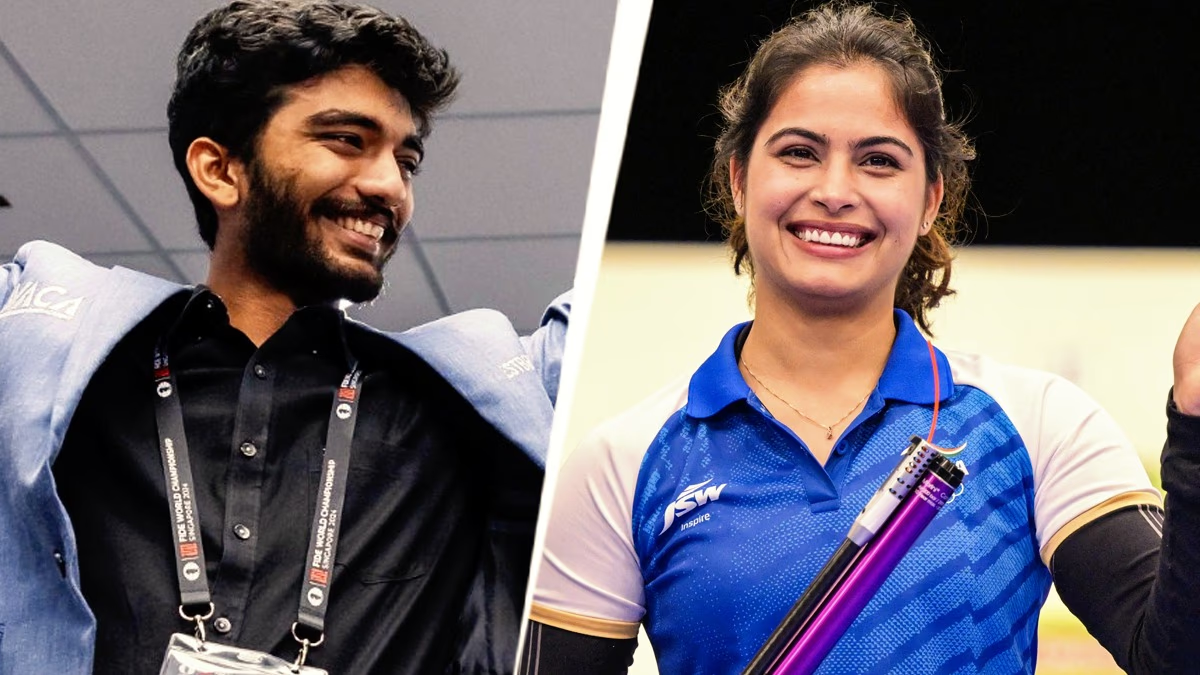Delhi is gearing up for the Assembly elections next month (February 2025). Amidst the electoral excitement, one thing is clear: Delhi’s politics has always been intriguing. But did you know there was an era when Delhi had neither a Chief Minister nor an Assembly? During this time, how did the administration function? Let’s explore.
The Journey of Delhi’s Legislative Assembly and Chief Minister
The first Legislative Assembly election in Delhi took place on March 27, 1952. Elections were held for a total of 48 seats, with the Congress party winning 39 seats to secure a majority, appointing Chaudhary Brahm Prakash as the first Chief Minister. However, his tenure was riddled with controversies, leading to the appointment of Sardar Gurmukh Nihal Singh as the second Chief Minister.
Following the State Reorganization Commission's recommendation in 1956, Delhi’s Legislative Assembly and Council of Ministers were dissolved, placing Delhi under direct central governance. This period marked the most significant transformation in Delhi's political landscape.
Formation of the 61-member Metropolitan Council
To maintain democratic governance and administration, the Delhi Administration Act was enacted in 1966, forming the Metropolitan Council. Comprising 56 elected members and 5 presidential nominees, this council managed Delhi’s administration.
The Tenure of the Metropolitan Council
From 1966 to 1990, the Metropolitan Council governed Delhi. It was directed by several Executive Councillors like Mir Mushtaq Ahmed, Vijay Kumar Malhotra, Kedar Nath Sahni, and Jag Parvesh Chandra. However, lacking legislative powers, the council functioned primarily as an advisory body.
How Delhi Regained Its Assembly?
In 1987, the central government formed the Sarkaria Committee to examine Delhi's administrative issues. The committee recommended that while Delhi couldn’t be granted full statehood, it could have an Assembly to manage public matters. Based on these recommendations, the 69th Constitutional Amendment was passed in 1991, granting Delhi its special status as the National Capital Territory and establishing an Assembly.
The First Election in 1993
After 37 years, the Assembly elections were held in Delhi in 1993. The Bharatiya Janata Party (BJP) won 49 seats, and Madan Lal Khurana became the Chief Minister. This marked a new phase in Delhi's political scenario.
Over the years, Delhi's politics has witnessed numerous changes. From 1952 to 2020, every Assembly election has been a testament to the contributions of various parties and leaders, including Congress, BJP, and the Aam Aadmi Party, bringing new dimensions to Delhi’s politics.
A Glance at Delhi Assembly Elections and Results:
First Assembly Election: March 27, 1952
Total Seats: 48; Congress - 39, Bharatiya Jana Sangh (now BJP) - 5 Chief Ministers: First Chaudhary Brahm Prakash (Congress), then Gurmukh Nihal Singh.
No Assembly elections held from 1956 to 1993.
Second Assembly Election: 1993
Total Seats: 70; BJP - 49, Congress - 14 Chief Ministers: Madan Lal Khurana, Sahib Singh Verma, and Sushma Swaraj
Assembly Election 1998
Total Seats: 70; Congress - 52, BJP - 17, JD(U) - 1 Chief Minister: Sheila Dikshit
Assembly Election 2003
Total Seats: 70; Congress - 47, BJP - 20, JD(U)-NCP and IND won one seat each Chief Minister: Sheila Dikshit
Assembly Election 2008
Total Seats: 70; Congress - 43, BJP - 23, BSP - 2, Independents and Lok Jan Shakti Party won one seat each Chief Minister: Sheila Dikshit
Assembly Election 2013
Total Seats: 70; BJP - 31, AAP - 28, Congress - 8, IND-JD(U)-SAD won one seat each Chief Minister: Arvind Kejriwal (49-day government)
Assembly Election 2015
Total Seats: 70; AAP - 67, BJP - 03 Chief Minister: Arvind Kejriwal (AAP)
Assembly Election 2020
Total Seats: 70; AAP - 62, BJP - 08 Chief Minister: Initially Arvind Kejriwal (AAP), currently Atishi
Although Delhi operated for 37 years without a Chief Minister or Assembly, administration continued, albeit without public participation.




